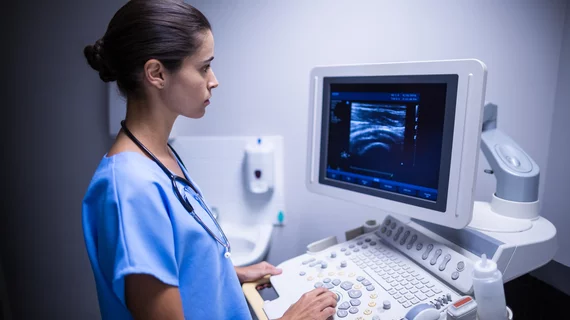Can telerobotic ultrasound help address health disparities in underserved populations? New research suggests the innovative technology could increase access in rural communities where medical imaging is not always readily available.
“Availability of ultrasound services in rural and remote communities is challenged by difficulty recruiting sonographers to these communities, and because of low volumes of imaging in many smaller communities, it is often unfeasible for radiology practices and health systems to employ sonographers on a full-time or even part-time basis in these communities,” corresponding author Scott J. Adams, MD, with the Department of Medical Imaging at the University of Saskatchewan in Canada, and co-authors explained Thursday in JACR.
Some remote communities might be hundreds of miles away from clinics that offer imaging service. Occasionally, sonographers commute to rural areas weekly or monthly for screenings as needed but those appointments are often limited, which can result in patients waiting a significant amount of time before they're able to get in for their exam.
In these instances, telerobotic ultrasound presents a possible solution.
“Telerobotic ultrasound provides an opportunity for sonographers to remotely perform the examination, as well as for radiologists to remotely interpret the examination,” the doctors noted.
But how practical is telerobotic ultrasound? To find out, doctors set up telerobotic clinics in three rural communities. In those clinics, 87 telerobotic ultrasound examinations were completed remotely by sonographers. Radiologists interpreted the exams and then assessed diagnostic performance.
Abdominal first-trimester obstetrical and second-trimester complete obstetrical exams were performed most often. As a whole, 70% of the exams were deemed diagnostically sufficient and 95% of the patients indicated they would be willing to undergo telerobotic exams again.
However, the study did not come without its challenges. Halfway through the research, second trimester obstetrical scans were halted due to the difficulty in evaluating patient anatomy.
“The majority of telerobotic ultrasound examinations performed successfully answered clinical questions, minimizing the need for patients to travel to another community for imaging or wait for an itinerant sonographer to visit the community,” the doctors concluded.
You can view the detailed research in the Journal of the American College of Radiology.

